September 2014
Monthly Archive: September 2014
Collection Highlight: Sikhs in Canada
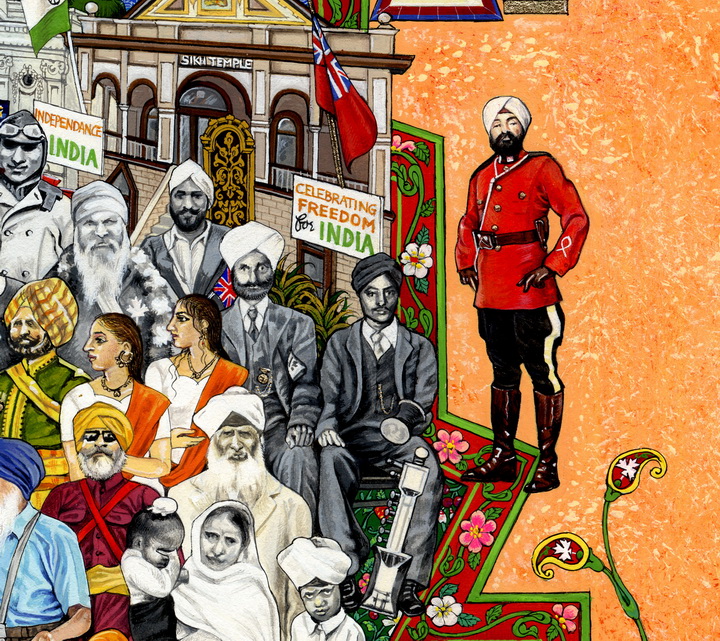
Weapon Wednesday: Chakram from India
Written by Aruna Panday, Ph.D Candidate in the Department of Anthropology at York University, Friends of South Asia co-Chair, and Summer 2014 ROM curatorial intern.
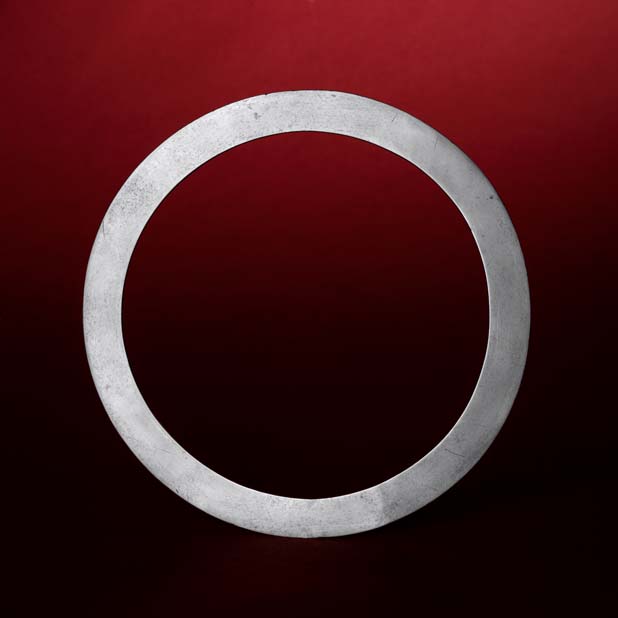
Chakram or battle-quoit, made of wrought steel, India, 19th century, ROM 910.42.52
Goddess Exposed: the ROM’s ‘Minoan’ Goddess is on display!
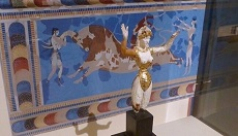
She’s been languishing in the Greek & Roman storerooms for years, but finally the ROM Minoan Goddess is back on display.
Empty Skies: Resurrecting the Passenger Pigeon Backdrop
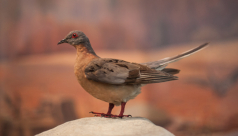
A long time ago, in a ROM gallery quite different from today’s, there was a diorama that showcased a migrating flock of passenger pigeons....
The Monastery of St Moses, Syria: The Buildings
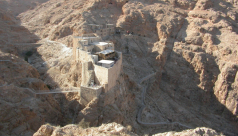
The monastery of Deir Mar Musa in its heyday included hermitages spread around the landscape, but as today, the focus of the complex would have been the buildings, especially the chapel, home to the important frescos. The archaeology of standing buildings requires looking at walls to see how they are made, and how they relate to each other. One structure may clearly be seen as one that came first, with later structures abutting on to it. Different phases may be made of different materials, or the same material worked in a different way.
To X-Ray an Egg: Behind the Scenes of Empty Skies
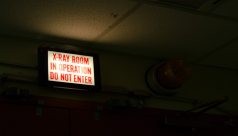
“That egg is approximately one hundred and forty-four years old,” says Brad Millen, a technician who works in the ROM’s Natural History collections. Suddenly the large speckled shell that sits in the palm of my hand feels just a little bit heavier. I feel the weight of its place in the world - it is the egg of a passenger pigeon, and its species has been extinct for a hundred years.
At the Heart of the Museum: Samuel Hall Currelly Gallery Floor Restoration
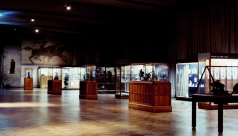
If floors could talk – from the thousands of visitors who walk through Samuel Hall Currelly Gallery each day, to the long list of programs, installations and events that have taken place in this space, it is truly one of the city’s greatest rooms and the heart of the Royal Ontario Museum.
Empty Skies: Behind-the-Scenes - Recreating Passenger Pigeon Habitat
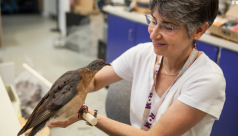
Come behind-the-scenes with environmental visual communication students/guest bloggers Justine DiCesare and Vincent Luk to take a look using photos and video to see how the flowers and scenery were created for the new exhibit: Empty Skies: The Passenger Pigeon Legacy.
